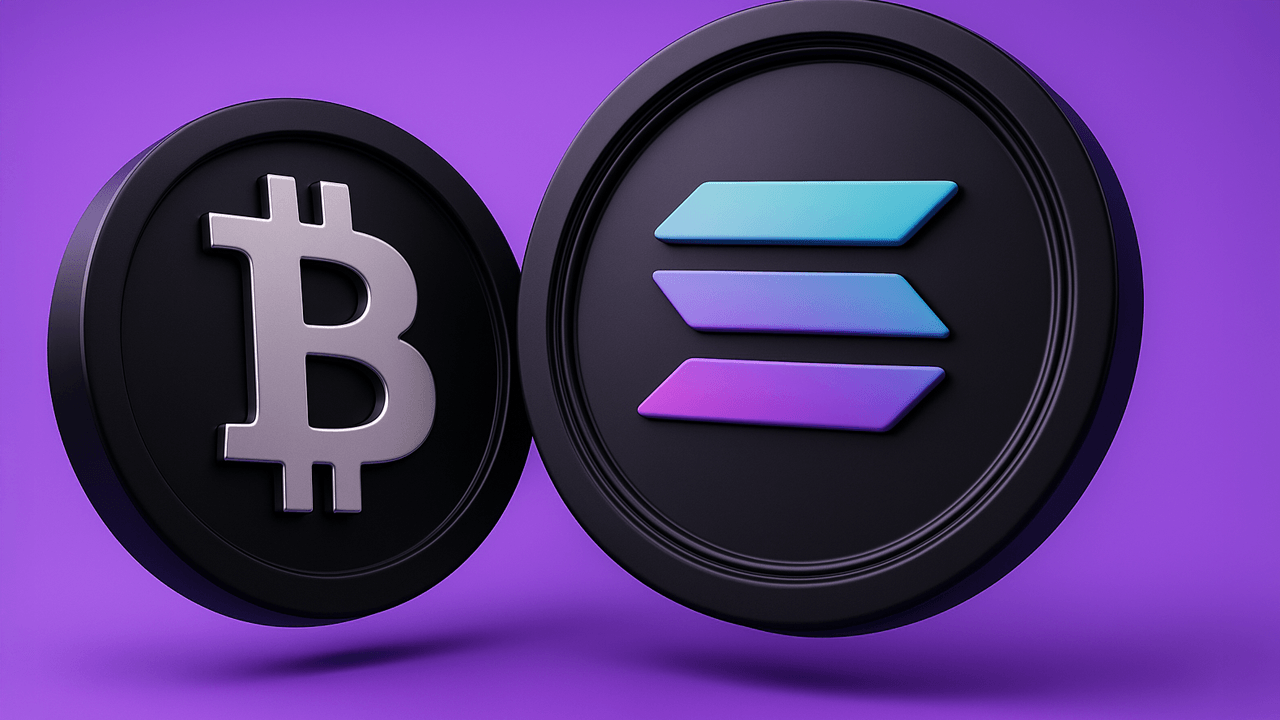day-20: Understanding IDEs and Eclipse: A Guide for Java Development
What is IDE? IDE stands for Integrated Development Environment. It's a software application that provides a comprehensive set of tools for software development in one place. Key Features of an IDE: Code Editor – Where you write your code (like a fancy Notepad with syntax highlighting, autocomplete, etc.). Compiler/Interpreter – Converts your code into something the computer can understand. Debugger – Helps you find and fix errors in your code. Build Automation Tools – Automates tasks like compiling and packaging. Version Control Integration – Connects with Git and other version control systems to track changes in your code. Examples of IDEs: Visual Studio Code (VS Code) – Lightweight, customizable, supports many languages. It’s like a digital workshop for coding—makes the process smoother, faster, and less error-prone.

What is IDE?
IDE stands for Integrated Development Environment. It's a software application that provides a comprehensive set of tools for software development in one place.
Key Features of an IDE:
Code Editor – Where you write your code (like a fancy Notepad with syntax highlighting, autocomplete, etc.).
Compiler/Interpreter – Converts your code into something the computer can understand.
Debugger – Helps you find and fix errors in your code.
Build Automation Tools – Automates tasks like compiling and packaging.
Version Control Integration – Connects with Git and other version control systems to track changes in your code.
Examples of IDEs:
Visual Studio Code (VS Code) – Lightweight, customizable, supports many languages.
It’s like a digital workshop for coding—makes the process smoother, faster, and less error-prone.










































































































































































![[The AI Show Episode 143]: ChatGPT Revenue Surge, New AGI Timelines, Amazon’s AI Agent, Claude for Education, Model Context Protocol & LLMs Pass the Turing Test](https://www.marketingaiinstitute.com/hubfs/ep%20143%20cover.png)





























































































































![From Accountant to Data Engineer with Alyson La [Podcast #168]](https://cdn.hashnode.com/res/hashnode/image/upload/v1744420903260/fae4b593-d653-41eb-b70b-031591aa2f35.png?#)




































































































.png?#)













































































































































![Apple Watch SE 2 On Sale for Just $169.97 [Deal]](https://www.iclarified.com/images/news/96996/96996/96996-640.jpg)

![Apple Posts Full First Episode of 'Your Friends & Neighbors' on YouTube [Video]](https://www.iclarified.com/images/news/96990/96990/96990-640.jpg)

































































































































